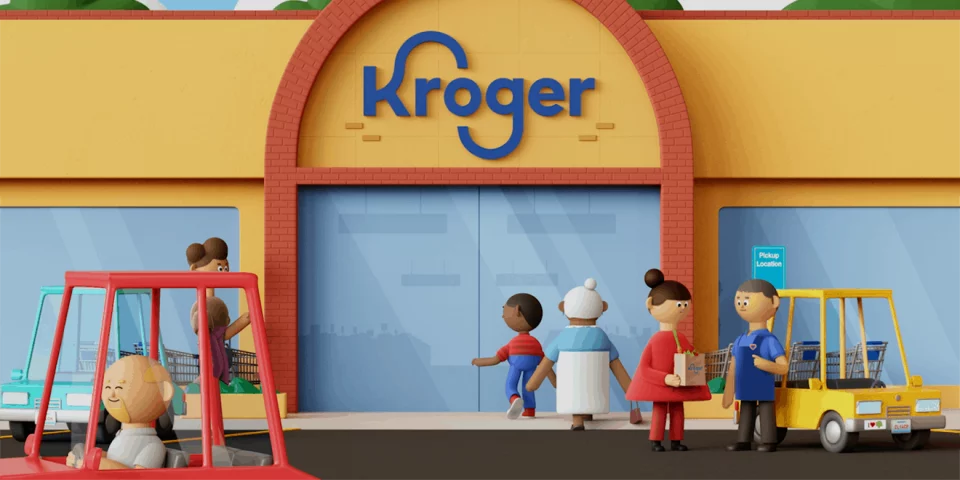Kroger, one of the United States’ largest grocery retailers, is taking bold steps to redefine its approach to retail media and advertising. Recognising the rapid growth of digital and retail media platforms, the company has embarked on a major organisational restructuring to better serve both its advertisers and consumers, signalling a strategic pivot that could influence the wider retail industry.
The Rise of Retail Media
Retail media — the practice of leveraging a retailer’s digital and in-store channels to deliver targeted advertising — has become a key revenue stream for major grocers. With data-driven insights and advanced consumer analytics, retailers can now provide advertisers with precise targeting, delivering messages at the point of purchase. For Kroger, this presents an opportunity to monetise its extensive customer base while simultaneously enhancing the shopping experience.
Recognising this potential, Kroger is re-evaluating how its advertising and merchandising operations function, aiming to bridge traditional retail with modern digital strategies.
Reorganising for Collaboration
At the core of Kroger’s initiative is a focus on integration between merchandising and marketing teams. Traditionally, these functions operated in silos: merchandising concentrated on product assortment, placement, and promotions, while marketing focused on brand campaigns and consumer engagement. Kroger’s restructuring seeks to align these departments, enabling a unified approach where advertising strategies are directly informed by product performance and shopper behaviour.
This alignment allows Kroger to:
-
Optimise product placement and promotions in both physical stores and digital platforms.
-
Provide advertisers with richer insights into consumer preferences and purchasing patterns.
-
Create seamless campaigns that integrate in-store displays, online ads, and loyalty programme initiatives.
Enhancing Advertiser Value
By reorganising its operations, Kroger aims to offer advertisers a more compelling and measurable value proposition. With access to advanced shopper data and the ability to track engagement across multiple channels, advertisers can:
-
Target campaigns more precisely, reaching the right customers at the right time.
-
Measure the effectiveness of campaigns in real-time, adjusting strategies quickly.
-
Leverage Kroger’s physical and digital presence to drive both online and in-store conversions.
This strategy positions Kroger not just as a grocer, but as a digital advertising partner, capable of competing with other retail media leaders.
Consumer-Centric Approach
While the initiative focuses on advertising, Kroger emphasises that the consumer remains central. By integrating advertising with merchandising, the company aims to ensure that promotions and campaigns are relevant, timely, and useful, rather than intrusive. Shoppers benefit from personalised offers, targeted recommendations, and improved product discovery — enhancing satisfaction while increasing sales.
Moreover, this approach allows Kroger to support brands in introducing new products to the market more efficiently, helping customers discover items that meet their needs without overwhelming them with irrelevant promotions.
Strategic Implications
Kroger’s move reflects broader trends in the retail industry, where grocers are increasingly leveraging data and technology to generate revenue beyond traditional grocery sales. By investing in retail media, Kroger not only diversifies its revenue streams but also strengthens its position in a competitive landscape dominated by Walmart, Amazon, and other large-scale retailers.
The integration of marketing and merchandising operations could become a model for other grocers seeking to balance commercial objectives with consumer satisfaction, demonstrating how traditional retail can evolve in the digital age.
Looking Ahead
Kroger’s retail media strategy represents a significant evolution in how supermarkets interact with both advertisers and customers. By combining data-driven insights, cross-departmental collaboration, and a consumer-focused approach, Kroger is setting the stage for a new era of grocery retail — one in which advertising is not merely a revenue source, but a tool for enhancing the overall shopping experience.
As the retail media landscape continues to expand, Kroger’s strategic realignment positions it to capitalize on growth opportunities, improve customer engagement, and redefine the role of supermarkets in the digital advertising ecosystem.

